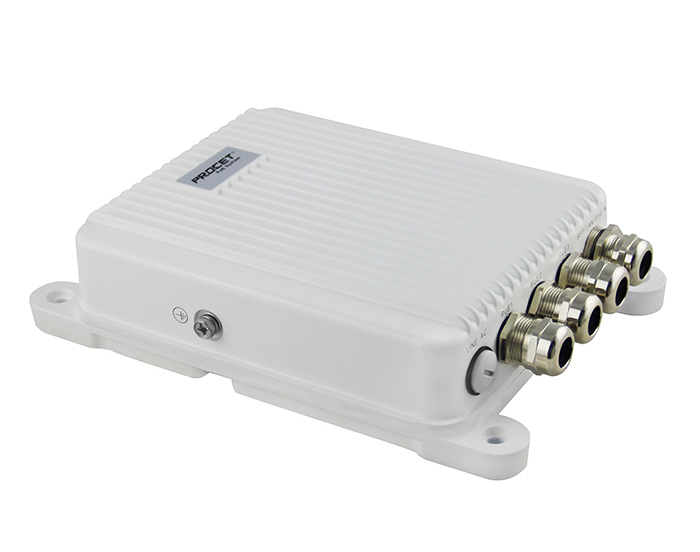Home >> News >> Product News
PoE power supply switch refers to a switch that can provide network power supply to remote power receiving terminals through a network cable. It includes two functions: network switch and PoE power supply. It is a relatively common power supply device in PoE power supply systems.
Compliant with IEEE802.3af and 802.3at standards, it is a standard POE switch (commonly known as 48V). The complete POE includes two parts: the power supply device (PSE, Power Sourcing Equipment) and the power device (PD, Power Device). The Poe switch is PSE A kind of equipment. PSE is a device that supplies power to the terminal, and it is also the manager of the POE Power over Ethernet process. PD is a terminal device that accepts power supply (48V national standard equipment contains a PD chip).
On the contrary, it is a non-standard POE switch ("non-standard" commonly known as 24V, but non-standard with 48V, 24V, 12V, 5V, etc.).

The POE switch mainly provides network and power for equipment such as monitoring (powering the camera), wireless coverage (powering the AP), and wireless transmission (powering the bridge).
The Poe switch first outputs a very small voltage, and detects the power receiving device that supports the IEEE802.3at/af standard chip (the IEEE802.3at/af standard chip is referred to as "PD").
After detecting the PD, the Poe switch classifies the PD device and evaluates the power of the PD device.
During the start-up period (generally less than 15μs), the Poe switch supplies power to the PD from a low voltage until the voltage required by the PD is enough to supply stable and reliable DC power to the PD equipment.
If the PD device is disconnected, the Poe switch will quickly (usually within 300-400ms) stop powering the PD, and repeat the detection process to detect whether the terminal of the cable is connected to the PD device.
Start the device, adjust the multimeter to the voltage measurement position, and touch the power supply pins of the PSE device with the two-meter pens of the multimeter (usually 1/2, 3/6 or 4/5, 7/8 of the RJ45 port), if a device with a stable output of 48V or other voltage values (12V, 24V, etc.) is measured, it is a non-standard product. Because in this process, PSE does not detect the power receiving device (here, a multimeter), and directly uses 48V or other voltage values to supply power.
Conversely, if the voltage cannot be measured, and the multimeter needle jumps between 2~10V, it is a standard PoE. Because at this stage, the PSE is testing the PD end (here, the multimeter), and the multimeter is not a legal PD, the PSE will not supply power and no stable voltage is generated.
The information is provided by the PoE switch supplier.